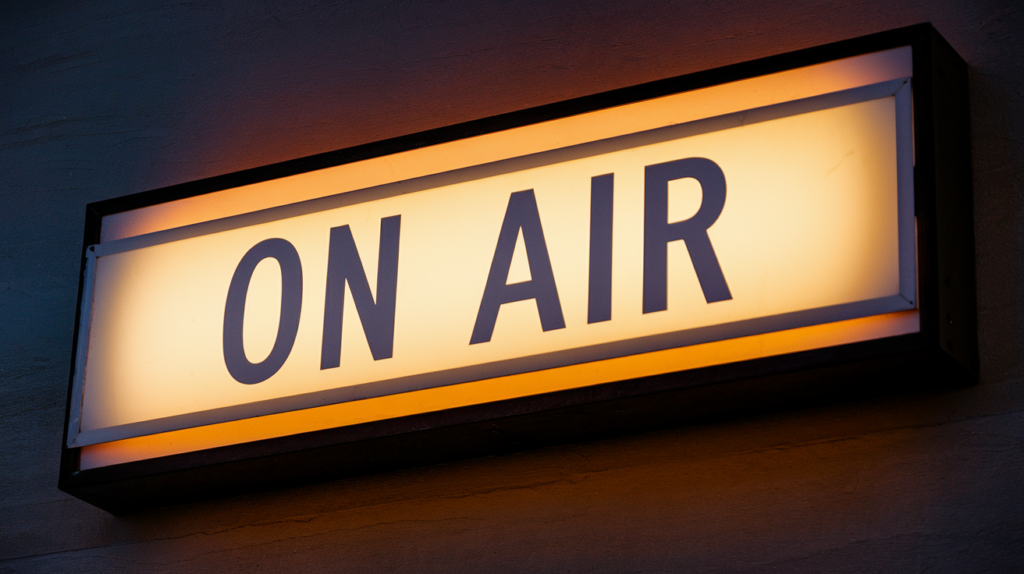The history of the French language in Belgium is a fascinating journey that reflects the country’s rich cultural tapestry. As you explore this topic, you’ll uncover how political shifts and social dynamics shaped the linguistic landscape. From its roots in medieval times to its status today, French has played a crucial role in shaping Belgian identity.
In Belgium, French isn’t just a means of communication; it’s intertwined with art, literature, and politics. Understanding its evolution offers insights into regional differences and the complexities of multilingualism within the nation. Whether you’re curious about historical influences or contemporary usage, diving into this subject reveals much about Belgium’s unique character.
Key Takeaways
- Cultural Significance: French is a vital part of Belgian identity, influencing art, literature, politics, and education across the country.
- Historical Evolution: The French language in Belgium has evolved through various historical periods, beginning from medieval times to its current status as one of three official languages.
- Regional Variations: Distinct dialects and regional variations enrich Belgian French, showcasing local expressions that differ from standard Parisian French.
- Impact of Multilingualism: Approximately 40% of Belgians speak French primarily, highlighting the complexities and importance of multilingualism within Belgium’s diverse society.
- Role in Media Production: Understanding local nuances is crucial for voiceover artists and content creators to effectively communicate with Belgian audiences.
Overview of the French Language in Belgium
The French language holds a prominent place in Belgium, particularly in the Walloon Region and Brussels. Approximately 40% of Belgians speak French as their primary language, reflecting its cultural and historical significance. The use of French extends beyond mere communication; it influences various sectors such as education, media, and politics.
French emerged in Belgium during the medieval period when it was associated with the aristocracy and governance. This connection to power established French as a prestigious language throughout different regions. Over centuries, political changes affected linguistic dynamics, leading to fluctuating status between Dutch and French.
In contemporary society, French serves as one of the three official languages alongside Dutch and German. It contributes extensively to Belgian identity through literature, art, and public discourse. Various institutions promote bilingualism or multilingualism across communities.
Regional variations exist within Belgian French dialects that distinguish local expressions from standard Parisian French. These dialects enrich the linguistic landscape by incorporating unique idioms and pronunciation traits.
Understanding these nuances is vital for anyone engaged in voiceover projects involving Belgian audiences or content creation targeting this demographic. Recognizing regional differences helps tailor voice over talent choices effectively to resonate with listeners’ preferences while maintaining authenticity.
Historical Background
The history of the French language in Belgium reveals a rich tapestry of influences that shaped its development. Various factors contributed to its establishment and prominence, particularly during significant historical periods.
Early Influences on the French Language
French emerged in Belgium primarily from medieval interactions with neighboring regions. The influence of the Frankish nobility established early ties between French and local dialects. By the 14th century, French gained prestige as it became associated with governance and culture among aristocrats. This association positioned French as a language of status, leading to its adoption by educated classes throughout Belgian territories.
The Role of Latin and Other Languages
Latin served as a foundational element for many European languages, including French. In Belgium, Latin’s role was pivotal in ecclesiastical contexts, influencing vocabulary and syntax within the emerging vernacular forms. Additionally, contact with Dutch and German introduced various linguistic elements into Belgian French. These interactions resulted in unique regional dialects that blend influences from multiple languages. Such diversity enriches Belgium’s cultural identity while enhancing communication methods across different sectors, including media production like voiceovers where understanding local nuances is crucial for effective storytelling.
Development Through the Centuries
The French language in Belgium has evolved significantly over the centuries, influenced by various historical events and social dynamics.
The Impact of the Burgundian Era
During the Burgundian Era (15th century), French consolidated its status as a prestigious language among the Belgian aristocracy. The Dukes of Burgundy promoted French culture, leading to its adoption in governance and legal matters. This period marked an increase in French literature and art, which shaped national identity. As a result, many local dialects began integrating elements from standard French, enhancing communication across regions. The influence of this era remains evident today in regional variations of Belgian French.
French Language Standardization
In the 19th century, efforts toward standardizing Belgian French emerged alongside political changes. These initiatives aimed at creating consistency in education and public administration contributed to a unified linguistic framework. Educational reforms promoted standardized curricula that emphasized proper pronunciation and grammar rules based on Parisian norms while allowing for regional characteristics. This balance between standardization and local dialects enriched Belgium’s cultural landscape, making it unique within Francophone communities worldwide. Understanding these nuances is crucial for voiceover artists who create content tailored to specific audiences, ensuring effective communication through accurate representation of local speech patterns.
Contemporary French in Belgium
Contemporary French in Belgium reflects a dynamic linguistic landscape shaped by regional variations and cultural influences.
Regional Variations and Dialects
Belgian French displays distinct regional variations and dialects, which contribute to its uniqueness. You can find notable differences in pronunciation, vocabulary, and idiomatic expressions across various regions. For example, the Walloon dialect incorporates elements from both French and local languages, resulting in a rich tapestry of linguistic features. In Brussels, the influence of Dutch is apparent, creating a bilingual environment where both languages coexist.
Furthermore, these regional dialects often enrich media productions. Voiceover artists familiar with local nuances enhance storytelling by incorporating authentic accents and phrases that resonate with audiences. This attention to detail ensures effective communication tailored to specific demographics within Belgium.
The French Community in Belgium
The French community plays a vital role in shaping contemporary culture in Belgium. Approximately 40% of the population identifies as Francophone, primarily residing in Wallonia and Brussels. This vibrant community not only contributes to the arts but also influences politics and education.
French remains integral to public life; you’ll find it prevalent in government communications, educational institutions, and media outlets. The presence of numerous voice talents within this community enhances the quality of audio-visual productions—ranging from commercials to documentaries—by providing skilled voiceover services that reflect Belgian identity accurately.
Overall, understanding contemporary French’s intricacies offers valuable insights into how language intertwines with culture and identity within Belgium’s diverse society.
Cultural Significance of the French Language
French holds significant cultural importance in Belgium, influencing various aspects of life, including arts and politics. The language serves as a primary means of expression for approximately 40% of the population, particularly in regions like Wallonia and Brussels. This prominence establishes French not only as a communication tool but also as an essential component of Belgian identity.
Artistic expressions thrive in French through literature, theater, and music. Numerous renowned authors and playwrights contribute to a vibrant literary tradition that shapes national culture. Moreover, contemporary media production often features skilled voice artists who bring local narratives to life using authentic accents and dialects. These voice talents enhance storytelling by ensuring cultural nuances resonate with audiences.
In politics, French plays a fundamental role in governance and public discourse. Government communications predominantly occur in French within regions where it is spoken widely. Such usage reinforces its status as one of Belgium’s three official languages alongside Dutch and German.
The educational system further exemplifies the significance of the language, with numerous institutions offering instruction primarily in French. This commitment to education fosters bilingualism or multilingualism among students, equipping them with valuable skills for future opportunities.
Regional variations enrich the linguistic landscape; distinct dialects reflect unique cultural identities across communities. These variations influence media productions significantly—voiceover talent often adapts their delivery to capture local idioms or pronunciation traits accurately.
Overall, understanding the cultural significance of the French language highlights its integral role within Belgium’s diverse society while illustrating how it connects people across different fields such as art, politics, and education.
Conclusion
The French language in Belgium is a testament to the country’s rich cultural heritage and diverse identity. Its evolution mirrors Belgium’s complex history and social dynamics, showcasing how language can shape national character. As you explore the vibrant regional dialects and their artistic expressions, you’ll see how intertwined French is with daily life in Wallonia and Brussels.
Recognizing its significance in governance, media, and education highlights the ongoing relevance of French within Belgian society. This unique linguistic landscape not only enriches communication but also celebrates the cultural contributions that continue to emerge from this multilingual nation. Engaging with Belgian French offers a deeper understanding of the country’s identity and its place within the Francophone world.
Frequently Asked Questions
What is the significance of the French language in Belgium?
The French language plays a crucial role in shaping Belgian identity, particularly in Wallonia and Brussels. It serves as a primary means of communication for about 40% of Belgians and is deeply intertwined with the country’s arts, politics, and education.
How did French evolve in Belgium?
French emerged in Belgium during medieval times, linked to the aristocracy and governance. Over centuries, it gained prestige through cultural associations and political changes, evolving into one of Belgium’s three official languages alongside Dutch and German.
What are some regional variations of Belgian French?
Belgian French features distinct regional dialects, notably the Walloon dialect. These variations include unique idioms and pronunciation traits influenced by local languages, enriching media productions with authentic accents that reflect local culture.
When did French gain prominence among Belgian aristocracy?
During the Burgundian Era in the 15th century, French solidified its status among the Belgian aristocracy. This period marked its adoption in governance, legal matters, and flourishing literature and art that contributed to national identity.
How does contemporary Belgian French differ from standard French?
Contemporary Belgian French reflects dynamic linguistic influences shaped by regional dialects and cultural interactions. While sharing similarities with standard French, it includes unique expressions and vocabulary influenced by local languages like Dutch.
Why is bilingualism important in Belgium’s education system?
Bilingualism fosters valuable skills among students by promoting proficiency in both French and Dutch. This approach enhances communication across different regions while preparing students for diverse professional opportunities within Belgium’s multilingual society.






